The Milky Way Index: How Much is Too Much Sugar?
This post may contain affiliate links. As an Amazon Associate, I earn from qualifying purchases. Please read my disclosure.Sugar is everywhere. It’s in desserts, but it’s also in things like bread, ketchup, juice, and normal every day foods you wouldn’t even guess have sugar in them! So how much is too much sugar? This guide will outline how much sugar you can eat each day, what foods have hidden added sugars, and what you should avoid!

When it comes to figuring out what are the healthiest foods to eat, it can be confusing because of all of the hidden added sugar in food today. Cereal is one of the places where there is hidden sugar. That is why finding the healthiest cereal sometimes could be challenging.
To make it easier, I created a simple index in this post to compare the added sugar in common foods to the equivalent amount of a candy bar you might be eating.
So for example, 1 can of soda would be equivalent to 4 fun sized Milky Way candy bars.
But before we get into the index, let’s establish some baseline rules on how much is too much sugar to begin with!
How much is too much sugar in a day?
The answer to this question is simple, thanks to some clear rules from the American Heart Association:
- Men should consume no more than 9 teaspoons (36 grams or 150 calories) per day.
- For Women, the recommendation is: 6 teaspoons (25 grams or 100 calories) per day.
Anything more than that would be considered too much added sugar per day.
What happens if you eat too much sugar?
Eating too much sugar in one day, once in a while (like once every few months) may not have long term harmful health effects. But eating too much sugar on a regular basis (daily, or multiple times a week) has been tied to many negative health effects including:
- Increased risk of type 2 diabetes, cancer and heart disease
- Weight gain and/or obesity
- Premature aging
- Inflammation in the body
- Weakened immune system
- Increased risk of fatty liver
- Negative impact on dental health
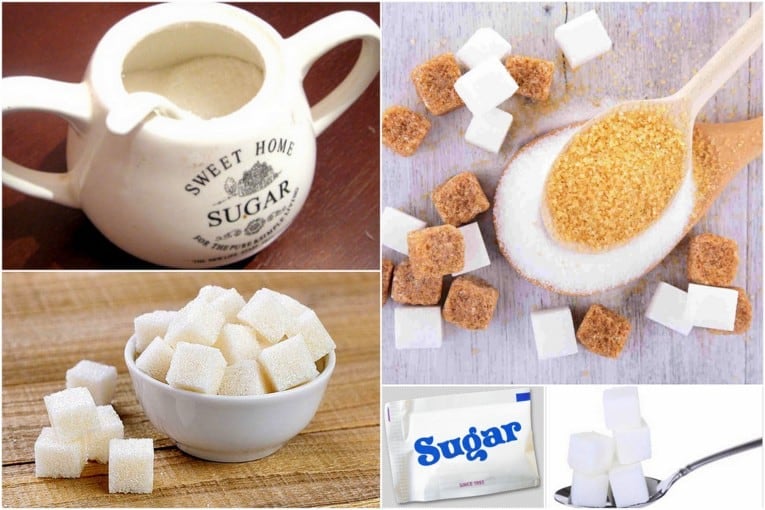
What Foods Have Hidden Added Sugar?
Did you know that drinking a glass of juice is like eating a regular sized Snickers Bar / Milky Way Bar / Candy Bar?
That sounds pretty crazy right? You might have a glass of juice for breakfast every morning but you’d never think to eat a chocolate bar for breakfast every morning.
The problem is, the sugar from the juice acts very similarly in your body as the sugar from a candy bar would.
Which is why, in this “Index” I have decided to compare typical, every day foods to the number of fun sized Milky Way bars.
So if you’re wondering: how much is too much sugar?
The Milky Way Index is your answer.
And what is the Milky Way Index? It is your guide to understanding how much sugar is in the foods you might eat on a daily basis. A lot of these foods are marketed as “healthy,” or “natural,” but they’re actually completely the opposite and should be avoided. You could be deceived into eating a lot more sugar than you might realize thanks to the marketing machines of major food companies.
Inspired by the “Big Mac Index,” (which is a guide to help people understand if currencies are at the right level) this Milky Way Index will show you: for the top 20 food sources of hidden sugar – what that one food item equals in Fun Size Milky Way Bars.
Everyone knows that you probably shouldn’t be having 4-6 Fun Size Milky Way Bars a day, but did you know you could be getting the equivalent of that by having a Grilled Cheese Sandwich on Wheat Bread with Ketchup and a small container of Strawberry Yogurt on the side?
The Milky Way Index: How Much Is Too Much Sugar?
For this Index, I’m using the “Fun Size” Milky Way Bar which has the following stats: 80 calories, 3g fat, and 10.5g Sugar (equivalent to 2.5 teaspoons).
#1 | Soda
Let’s start with an obvious offender. Did you know that 1 small 12oz can has 39g of sugar? That’s literally almost 4 Fun Sized Milky Ways. There’s no way around it: Don’t drink soda.
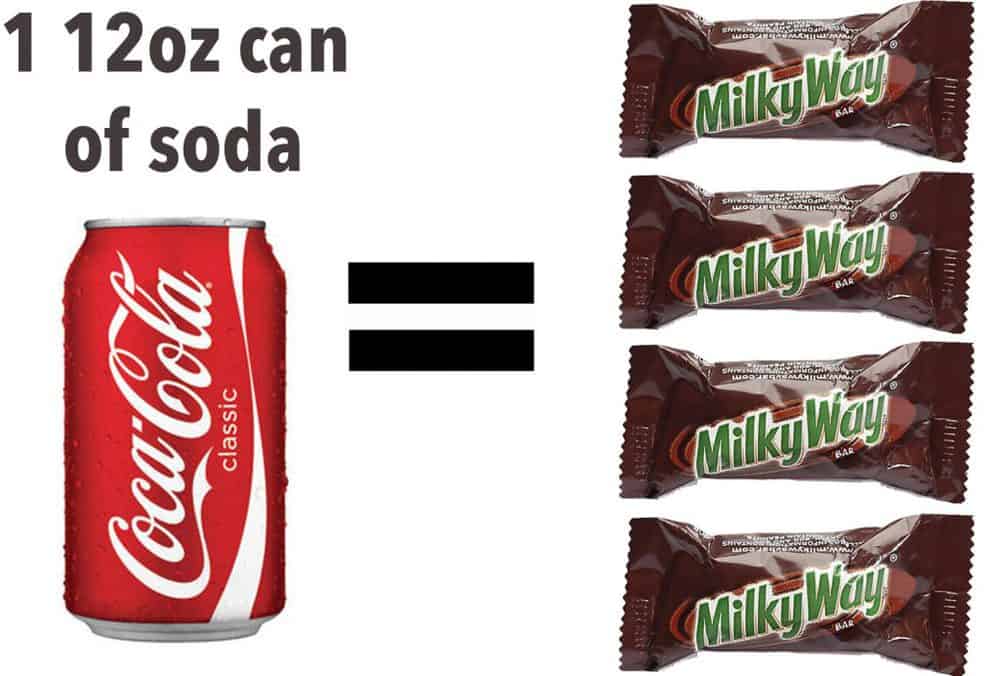
#2 | Canned Fruit in Syrup
Some canned fruit can be ok (if they are packed in water). But the sneaky ones packed in syrup can have up to 30-35g of sugar for 1 cup of fruit! That’s about 3.5 Fun Sized Milky Ways. Choose fresh fruit instead of canned!
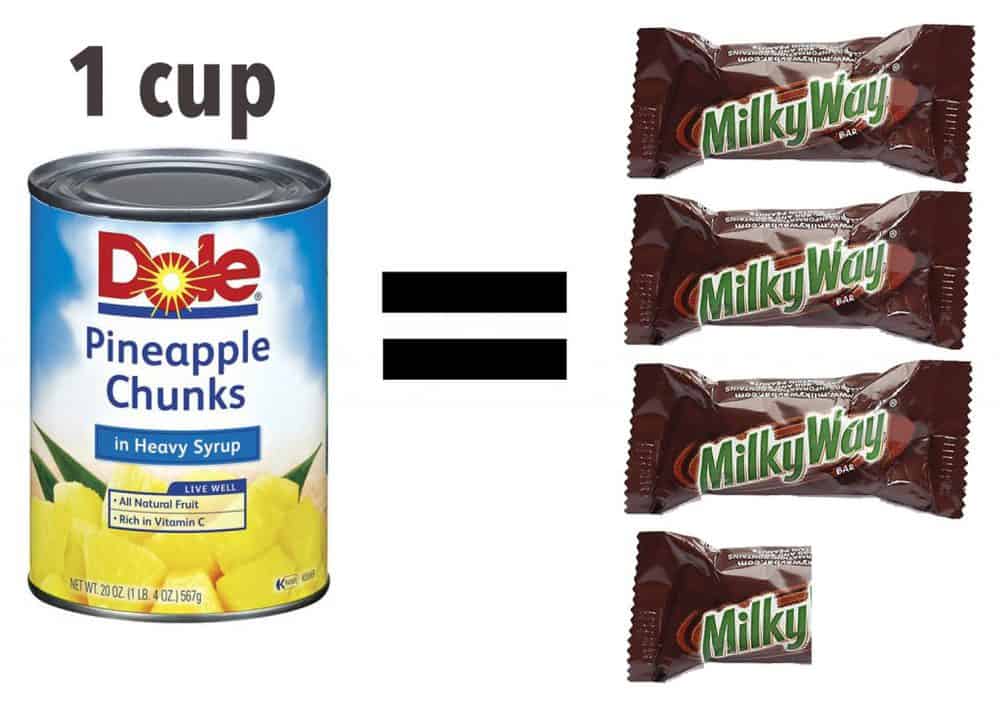
#3 | Iced Tea
Hot tea or ice tea without added sugar is healthy. But pre-packaged iced teas have more sugar than tea in them. Snapple’s “All Natural” Lemon Tea has 36g Sugar for a 16oz bottle. That’s about 3.5 Fun Sized Milky Ways.
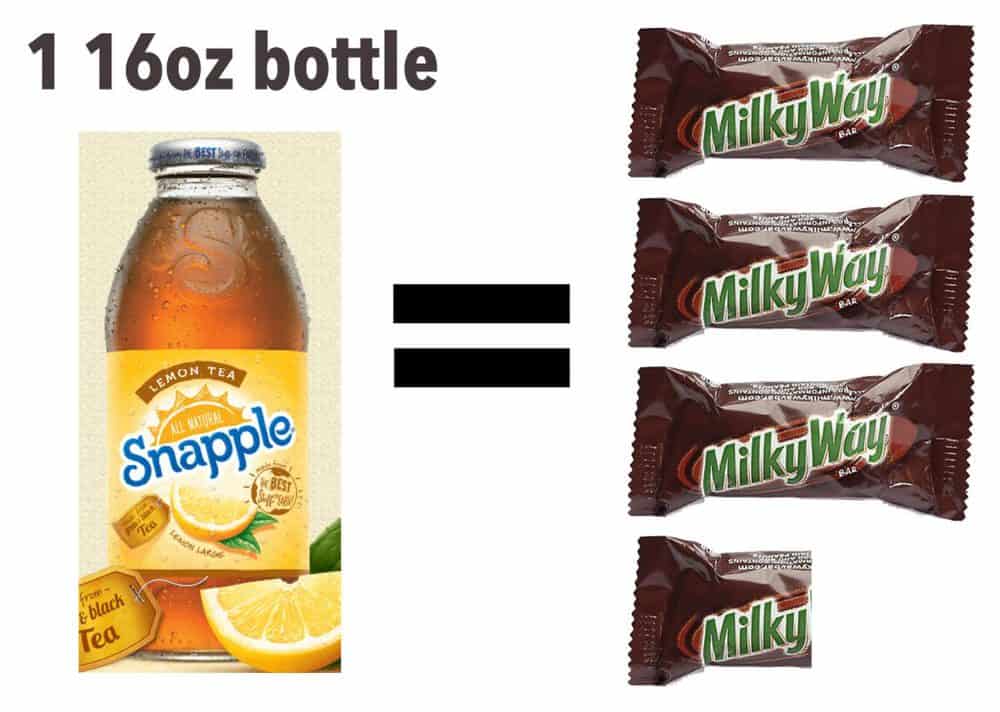
#4 | Fruit Juice
Fruit juices are often made from fruit concentrates, which aren’t always good for you. Concentrates do contain actual fruit juice, but often in the concentration process the fruit flavor becomes bland, so sugar is added to make it sweet. 1 8oz glass can contain 28g of sugar. That’s basically 3 Fun Sized Milky Ways. Instead of drinking juice, try infusing water with fresh fruit (cut up the fruit and add it to a pitcher of water and let is soak for a few hours). Or make your own fresh squeezed juices or smoothies at home!
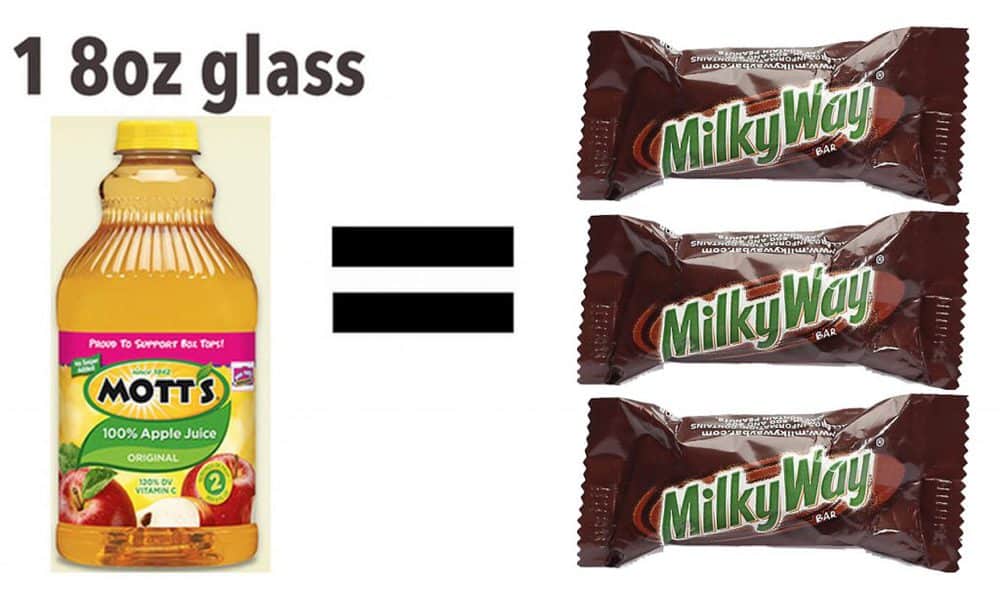
#5 | Protein Bars
Usually marketed as a great “post workout snack,” most protein bars are super processed and can have anywhere between 25-35g of sugar! That’s about 3 Fun Sized Milky Ways. Instead of a protein bar, try Greek Yogurt with fruit, nut butters on sprouted wheat bread, or make a smoothie using an unsweetened organic protein powder like Amazing Meal or SunWarrior.
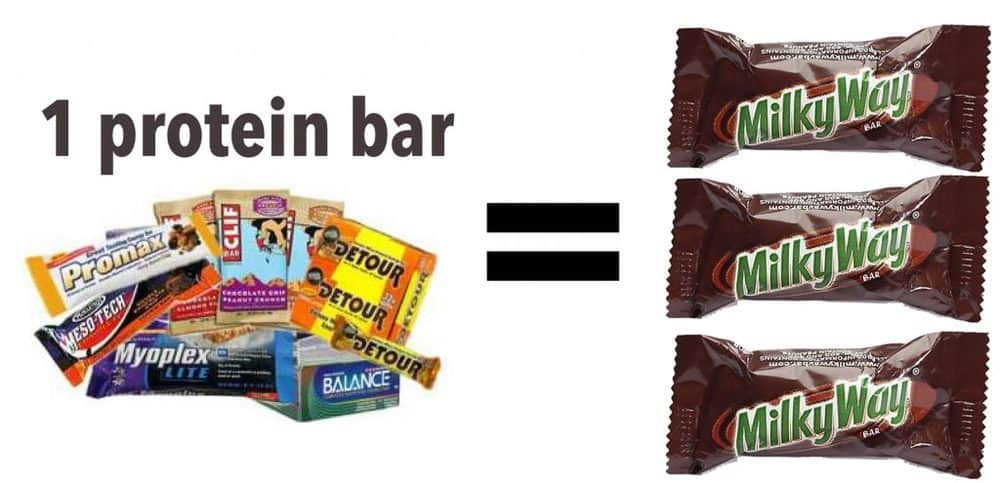
#6 | Dried Fruit
With all the water taken out, dried fruit has way more sugar by volume than fresh fruits. But on top of that, some fruit (like cranberries) are actually sour, and so tons of sugar is added to the dried version to make them taste sweet. 1/4 cup of dried cranberries has 29g sugar. That’s about 3 Fun Sized Milky Ways. Instead of dried fruit, eat fresh fruit. You’ll stay fuller longer and it’ll be much healthier for you.
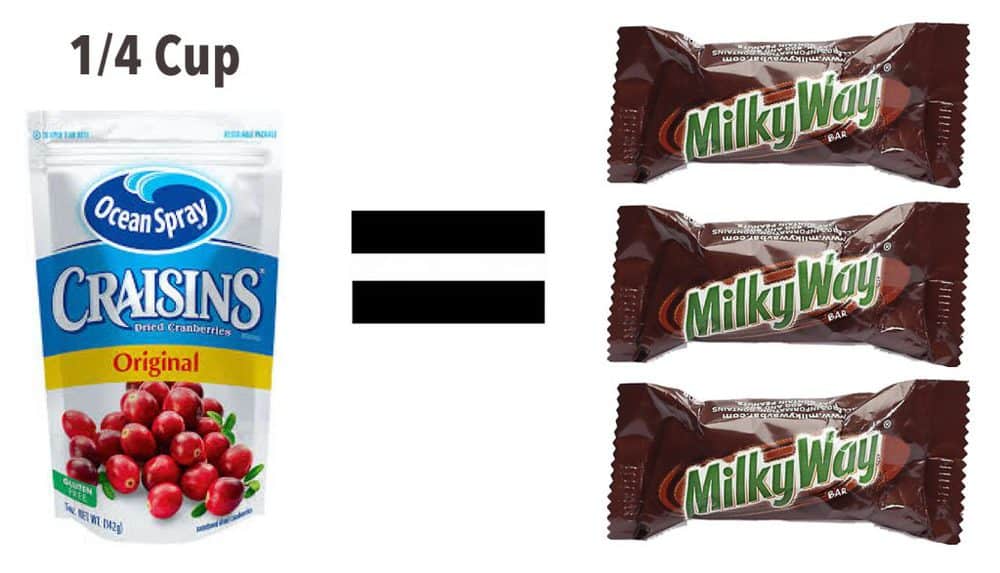
#7 | Mixed Drinks
Alcohol is pure sugar. But beer and wine have way less sugar than mixed drinks you’d get at a bar. A 4oz Pina Colada has 28g of added sugar, equal to about 3 Fun Sized Milky Ways. Avoid mixed drinks and stick to one glass of beer or wine instead.
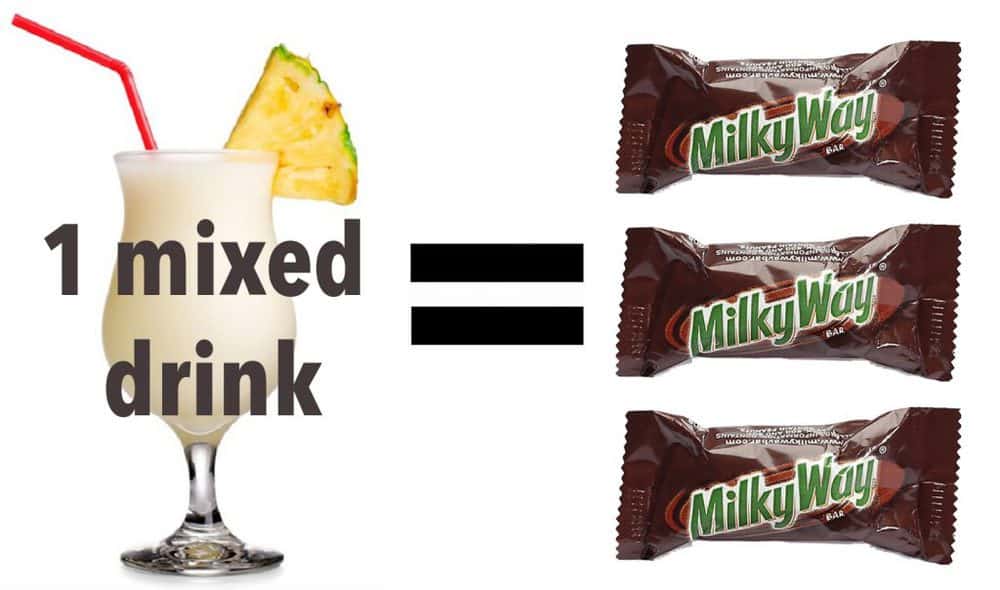
#8 | Flavored Yogurt
This is one of the sneaker ones – because everyone knows yogurt is healthy right? The problem is all of the flavored varieties – which can be so sweet they taste like dessert! That’s because, they basically are. One 6-8oz serving of flavored yogurt can have between 18-30g of sugar. We’ll call that about 2.5 Fun Sized Milky Ways. Instead of getting flavored yogurt, get plain low-fat Greek Yogurt and add your own fruit (or fruit purees) to it!
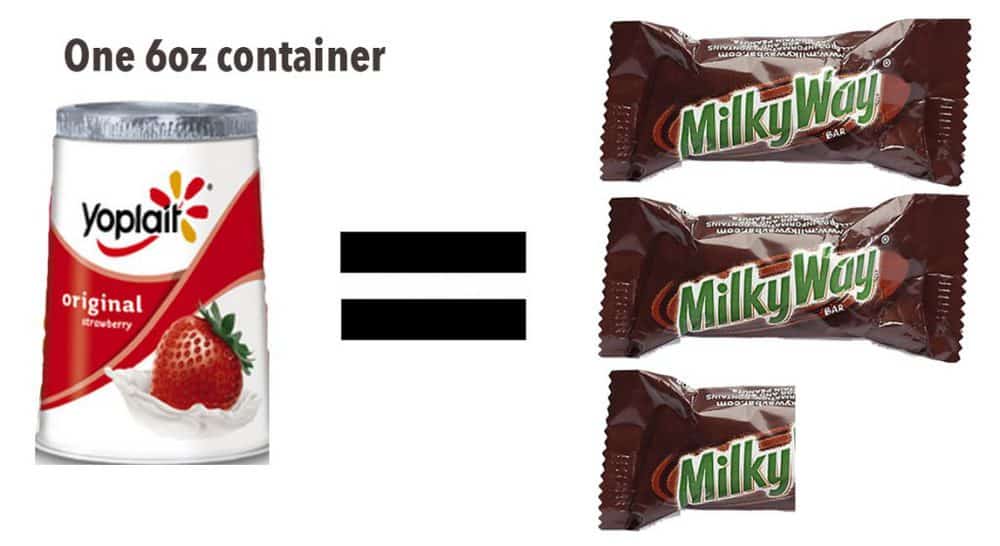
#9 | Energy Drinks
So many people use energy drinks to get an extra boost mid-day or to stay awake if they’re up late. Energy drinks are basically caffeine and sugar, averaging 26g per 8oz can. That’s 2.5 Fun Sized Milky Ways. Avoid energy drinks and if you really need caffeine, drink a cup of coffee with 1-2 tbsp of milk.
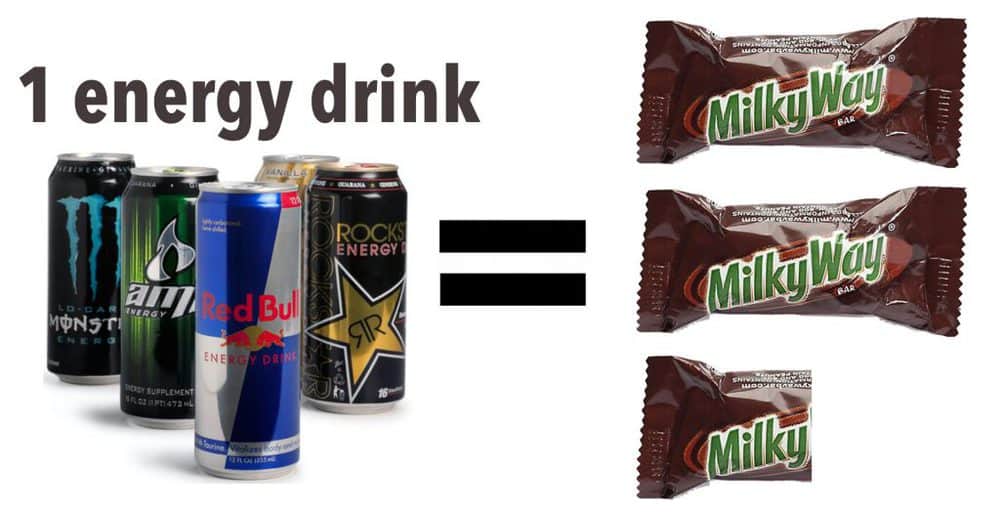
#10 | Instant Flavored Oatmeal
This is one of those food products that seems healthy and is marketed to kids, but has tons of sugar in it. One packet of flavored oatmeal (even the healthy-sounding flavors) has between 10-15g sugar per packet. That’s about 1.5 Fun Sized Milky Ways. Instead of the flavored oatmeals, use plain rolled oats and mix in fruit like berries and bananas, nuts/nut butters, and milk to give it flavor.
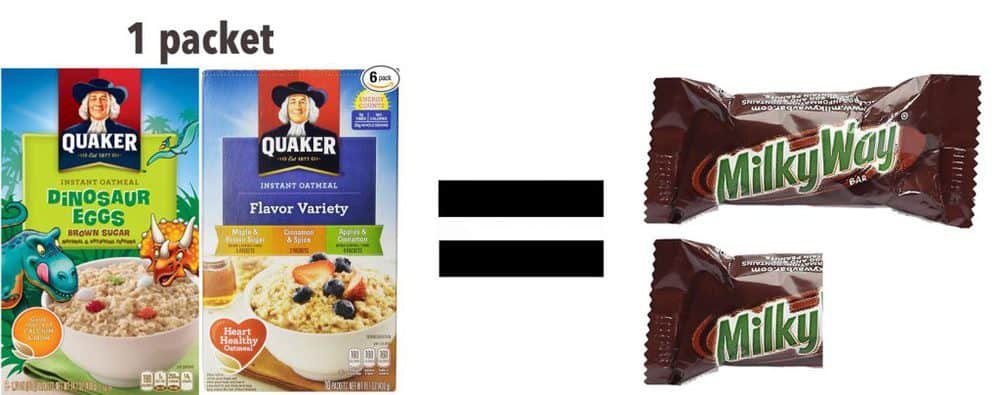
#11 | Granola
Another food product that sounds healthy, but isn’t. 1/2 a cup can have between 10-15g sugar. That’s about 1.5 Fun Sized Milky Ways. Avoid granola and stick to whole grain high fiber unsweetened cereals instead.
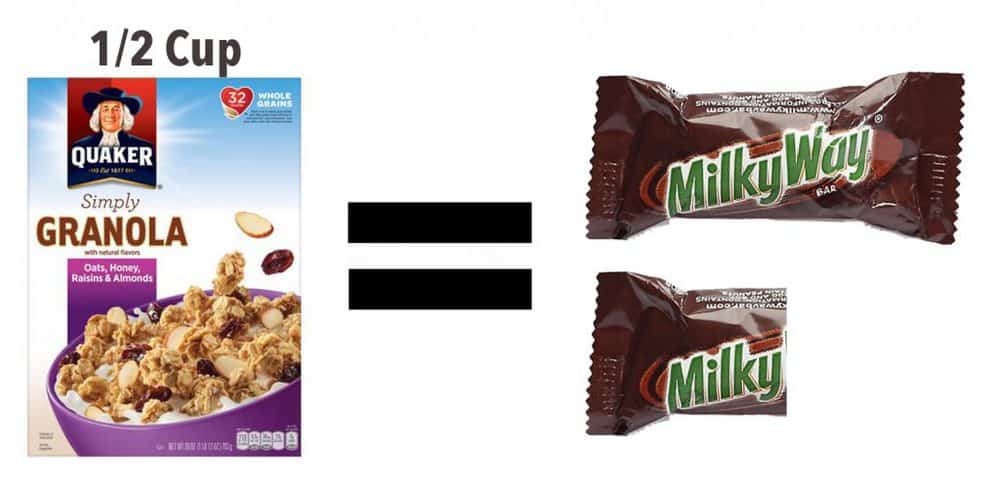
#12 | Kids’ Cereal
Most cereals marketed to kids have very little nutrients and are basically refined carbs, sugar and artificial coloring. Even the healthy sounding ones like “Honey Nut Cheerios” have 12g sugar for 1 cup of cereal. Most of these cereals run between 10-15g sugar for 3/4 of a cup – about 1.5 Fun Sized Milky Ways.
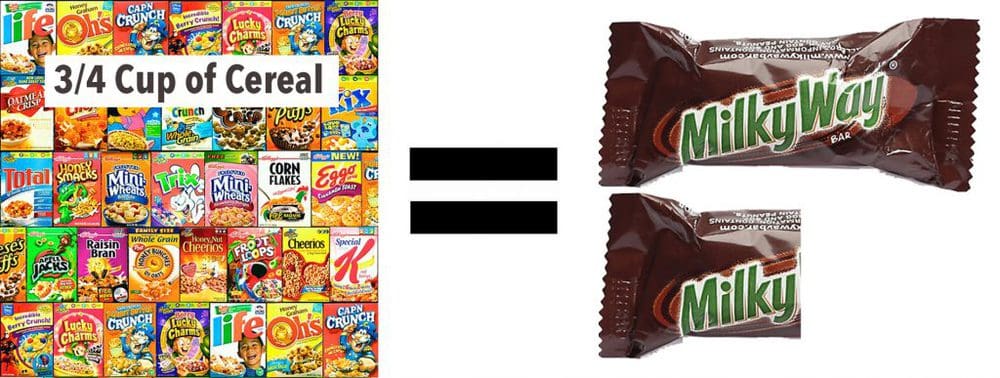
#13 | Condensed/Canned Tomato Soup
Why is there added sugar to tomato soup? No idea. All I can tell you is that 1/2 cup of Condensed Tomato Soup has 12g sugar. That’s 1 and 1/4 Fun Sized Milky Ways. Instead of buying canned soup, make your own tomato soup at home. It’s super easy and tastes way better!
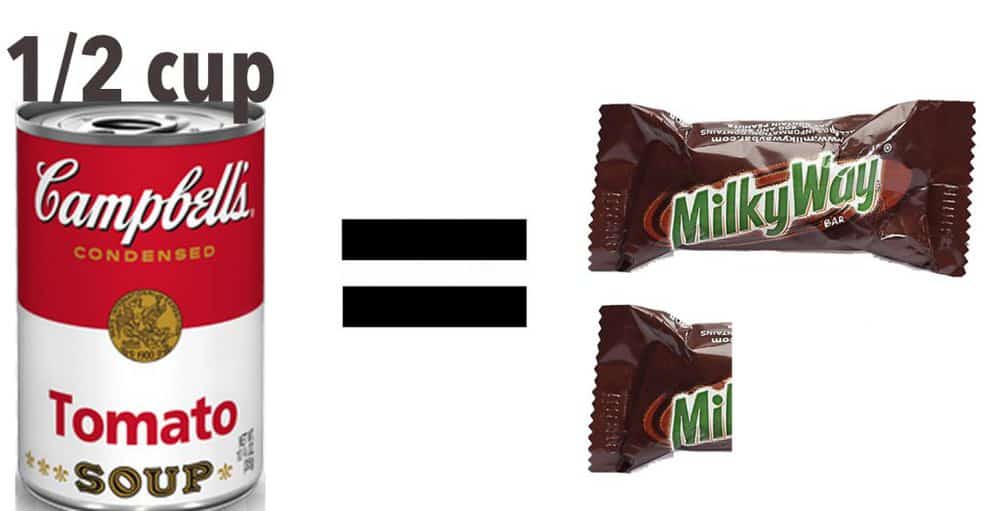
#14 | Barbecue Sauce
Would you believe that only 2 Tbsp of some popular BBQ Sauce brands have 13g of Sugar? That’s about 1 and 1/4 of a Fun Size Milky Way. This can add up fast because most people use more than 2 Tbsp of BBQ sauce on their food. There are some unsweetened BBQ sauce brands out there – so look for those or make your own at home!
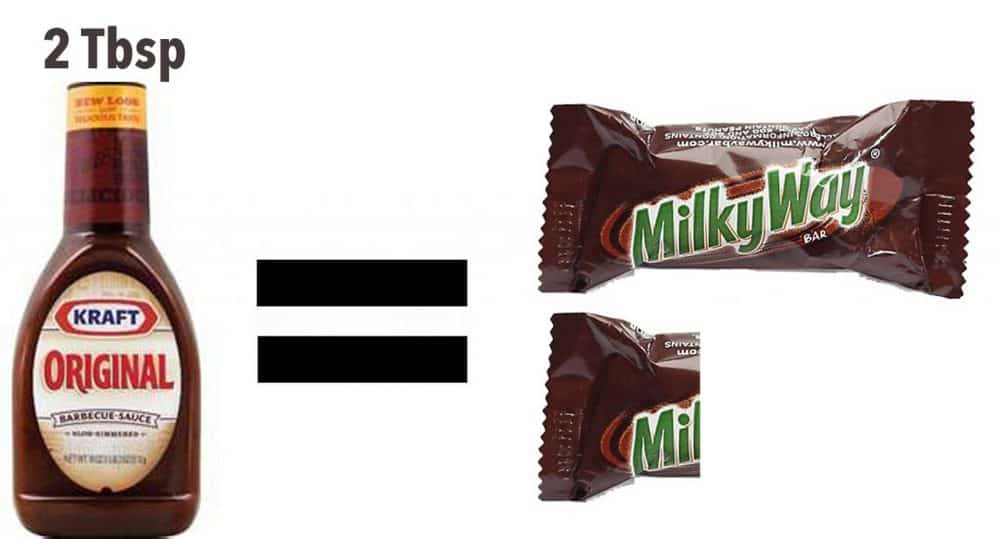
#15 | Honey Wheat Bread
Sounds healthy right? But 2 slices of honey wheat bread have 10g sugar, equal to 1 Fun Size Milky Way. Don’t be fooled by all of the “wheat breads” on the grocery store shelves. They’re usually pretty processed and not much better than white bread. Instead, choose sprouted wheat bread – like this one from my favorite brand: Ezekiel.
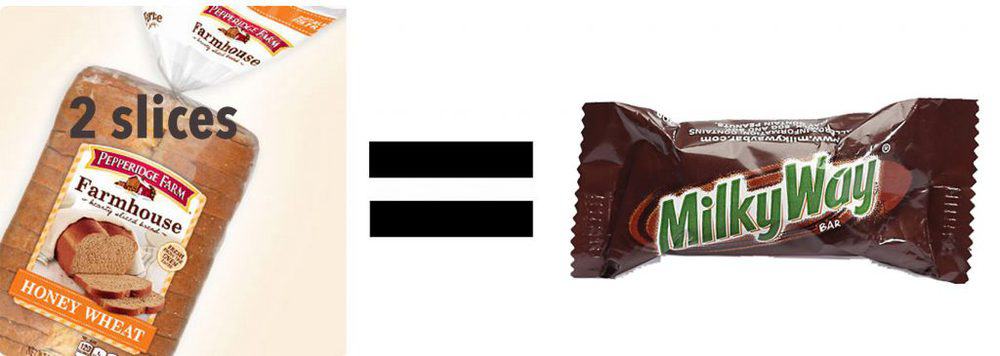
#16 | Pasta Sauce
Many pasta sauce brands will have between 6-12g of added sugar for every 1/2 cup serving, which is about 1 Fun Sized Milky Way. The key here is label reading – look to see if “sugar” is one of the ingredients listed on the label. If not, then you are good to go!
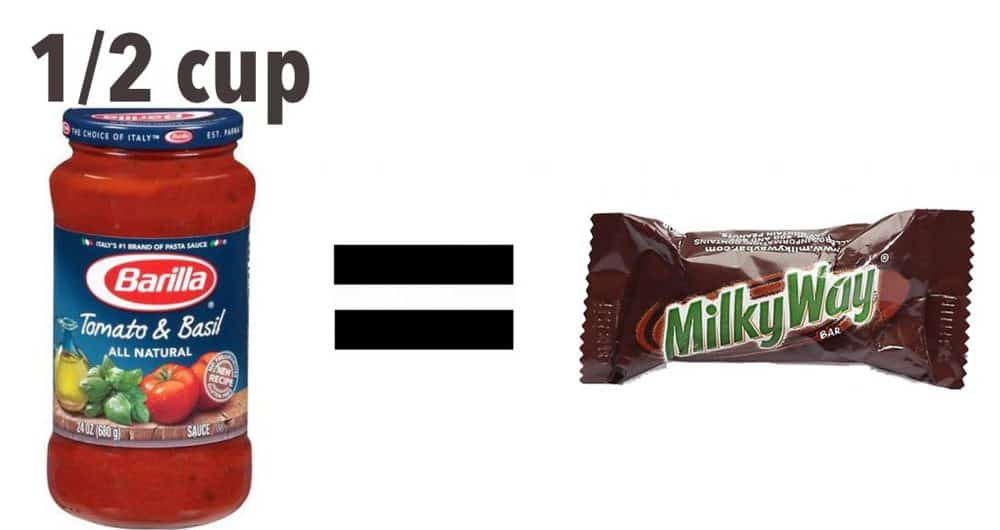
#17 | Granola Bars
Another “healthy” sounding snack, which can have between 8-13g of sugar for just one bar! That’s equal to one Fun Sized Milky Way. There’s no good alternative to granola bars – so eat them sparingly or make your own at home!

#18 | Salad Dressing
Most pre-made salad dressings like “Raspberry Vineagrette,” “French Dressing,” and “Catalina Dressing” can have up to 10g of sugar for 2 Tbsp. It’s best to make your own salad dressing – it is super easy. I just mix extra virgin olive oil, balsamic vinegar, salt, pepper, and garlic and it tastes great!
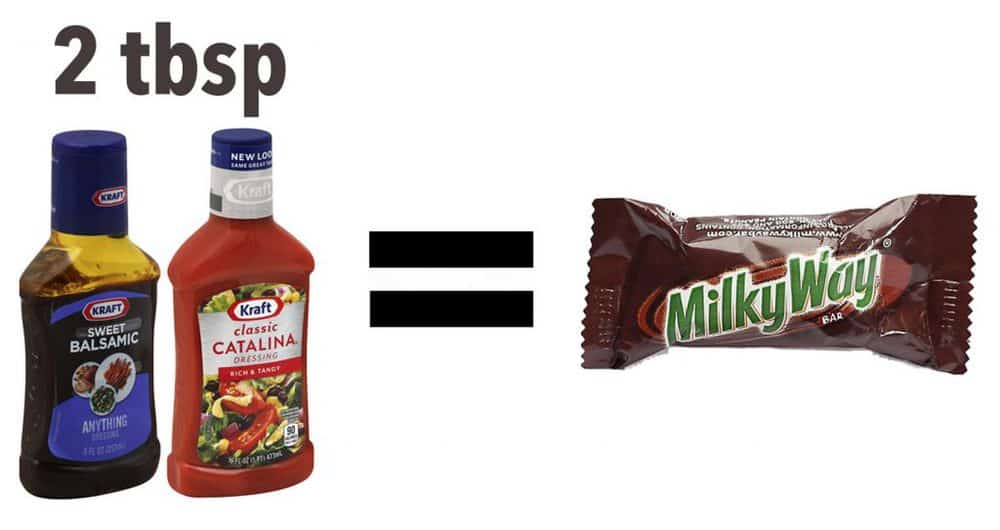
#19 | Ketchup
1 tbsp of Ketchup has 4g sugar. That’s only 1/2 of a Fun Sized Milky Way, but something to keep in mind if you are a fan of piling on the ketchup when eating fries, burgers, etc.

#20 | Coffee Creamer
Didn’t you think coffee creamer was cream? It’s actually water mixed with syrup, and cream is one of the farther-down-the-list ingredients. 1 Tbsp has 5g sugar – 1/2 of a Fun Sized Milky Way. Instead, just add regular cream to your coffee!
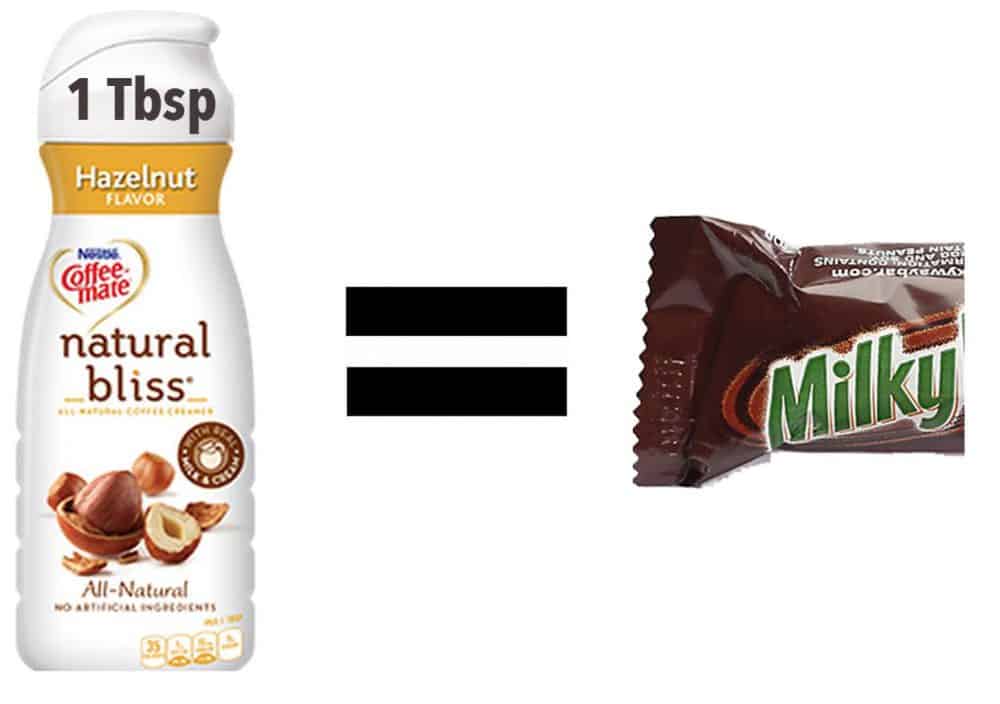
So there you have it. The Top 20 biggest offenders when it comes to hidden sugars in packaged foods. Everyone knows that candy bars (like a Milky Way) aren’t healthy – that they’re supposed to be eaten sparingly, as an occasional treat. But most people don’t think of the popular brands of bread, cereal, oatmeal and juice in the same way – but they are!
Not all brands add sugar to their food products, but most of the “big” brands: Kraft, Nestle, Heinz, Kelloggs, Yoplait, Pepperidge Farm, etc. do. So the key is to read food labels and look for the word “sugar” on the ingredients list, and the amount on the nutrition label.
I hope this post was helpful in deciphering food labels and finding the hidden sugar in your food! And the next time you pick up that glass of juice, or box of cereal, or granola bar, ask yourself: is this how you want to “spend” your Milky Ways for the day?



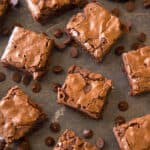
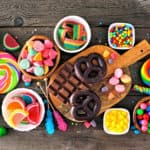

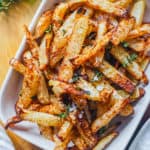
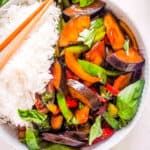
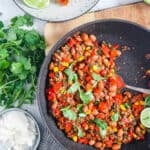
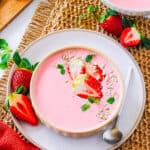



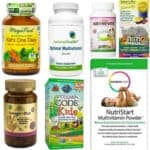
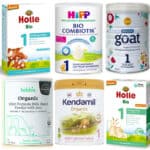
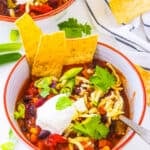


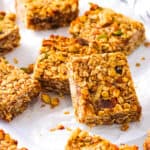

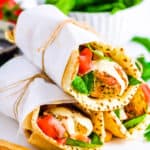
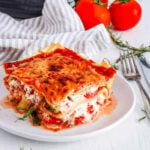

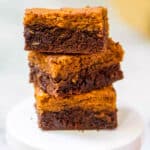
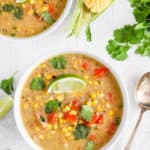
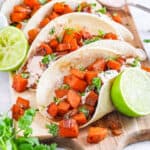
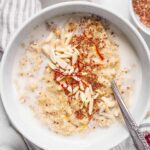




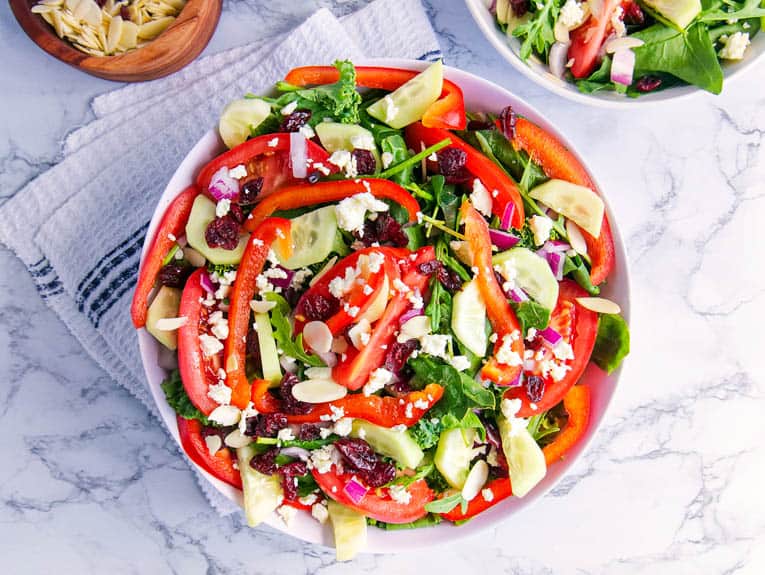


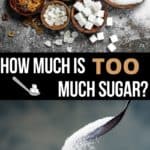
VERY EASY INFO TO TAKE IN! My 35-year-old daughter lives off sweets and has done the same thing with her kids. I was just looking at his 6.5 Oz yoo-hoo drink – 30g. Sugar!! And sometimes she packs two!!!! So he probably easily has close to 200 g of sugar per day. He’s small bc he doesn’t really eat very much- he hates most foods, and given junk food substitutes.
So glad you found this post helpful Linda!
At a dinner recently I was served a glass of water with 2 thin slices of cucumber inside. Refreshing and aromatic, I am still amazed! No sugar! And I want to report that I quit “diet” soda and lost 7 pounds in 10 days. Dr. Hyman points out that the brain can’t tell the difference between fake and real. Just watching sugar I’m down 22 pounds. Trying sprouted bread next. Thanks for the great information!
Yes! That is a great way to drink water – infusing it with fresh fruits or herbs/cucumber is amazing! Great job quitting soda! You’re right – the brain can’t tell the difference between fake and real sugar so it’s important to cut it all out. Hope you like sprouted bread! Feel free to check out my healthiest breads guide if you need more tips! Thanks!
Just sat and went over this with my husband. He was shocked…a good thing!!! Educate…educate…educate the ones you care about…and anyone else who will listen.
Absolutely!!! So happy you and your husband found this post helpful Sandra! 🙂 Hidden sugar in our food is such a problem these days, education is definitely key!
I have a question. The original discussion arose over juice. I know that fruit juice is mostly sugar, but to put a spin on it, natural sugar. Not processed. Not “added” sugar. Except all the pulp is pulled out of it. But then is anything with fruit going to be bad? Say, if I ate 3-4 bananas in a day, would that amount be too much? It isn’t added sugar, which is the basis for your measurements.
Hi! This is a great question. The answer is somewhat complex, so I’ll try to explain it the best I can. The short answer is: fruit juice, even 100% fruit juice with no “added” sugar, has no fiber or any of the components that makes whole fruits healthy. Fruit juice is essentially just the sugar & water from many many pieces of whole fruit that have become heavily concentrated in a glass of juice. So when you drink fruit juice, the sugar in it acts the same way in your body as sugar from a soda would. Here is the longer answer: The reason added sugar is bad for you is because of the negative metabolic effects of fructose when consumed in large amounts. Fruit does have fructose, but when you eat whole fruit you also get a ton of fiber, water, and chewing resistance as you eat it, which means that fruit take a while to eat and digest, so the fructose hits the liver slowly. When fructose hits your liver fast and in large amounts (soda and a candy bar) then that can have disastrous consequences (super high blood sugar spikes and crashes, insulin resistance, more fat storage, etc.) but when it hits your liver slowly and in small amounts (e.g. via an apple) then your body can easily take care of the fructose and it won’t negatively impact you. Also, a single apple would make you feel quite full, automatically making you eat less of other foods — another benefit from eating whole fruit. But 1 8oz glass of apple juice contains the juice from 3-4 apples, and you’d never eat 3-4 apples in one sitting (and even if you did it would take a lot longer than drinking 1 glass of juice!) And the juice would actually make you feel hungrier because of the blood sugar spike/crash. Additionally, the soluble fiber in whole fruit has many health benefits including reduced cholesterol levels, slowed absorption of carbohydrates and increased satiety. Whole fruits also tend to be high in several vitamins and minerals and antioxidants. Because fruit juice is literally only the sugar from the fruit, and many fruits at that, even 100% fruit juice with no added sugar is still way too much sugar to be drinking in one sitting. It hits your body super fast and gets absorbed into your bloodstream immediately, causing the sugar spikes and crashes that you’d experience with any sugary item (soda, candy, etc.). To your other question about how much whole fruit to eat in 1 day — yes, eating 3-4 bananas each day would be too much. You can have too much of a good thing! I recommend eating about ~2 servings of fruit per day, no more than that. And I recommend no more than 1 serving of a higher glycemic fruit (bananas, pineapples, mangoes, etc.) per day. Certain fruits are higher glycemic than others (causes your body to have a higher blood sugar spike), and even the lower glycemic fruits should be eaten in moderation. Lower glycemic fruits include apples, oranges, berries, pears. So essentially, avoid fruit juice if you can, and when eating whole fruit stick to two servings per day max (e.g. 1 apple and a cup of berries, or 1 banana and 1 orange). Hope this helps! Let me know if you have any other questions!
Outstanding answer. And makes me even more to get rid of our fruit juice. I know this may sound like a justification, but any fruit juice I might consume is hugely diluted with water. I am actually flavoring water a bit. And the only time i do this is to be able to take my vitamins/supplements. I am trying to avoid the fruit juice all together. Thanks for taking the time to write such a thoughtful answer.
So glad it was helpful! If you are drinking juice that way I think that’s probably fine, as long as it’s literally just like a splash of juice for a huge glass of water. I usually do that for my water as well — I’ll add no more than 1 tbsp of juice for a 12oz glass of water and it does help to give the water a bit of taste 🙂 Thanks and don’t hesitate to reach out if you have any other questions!
Sugar is everywhere, so beware! Milky Way was very special to me at one point in my life, I love that damned candy bar! So this is actually an enjoyable yet tortuous way of illustrating the amount of sugar in foods easily bought off a grocery store. Milky Way hmmmm, goodness… I may dream of it later and its sure to be a sweet dream that will turn to be a nightmare. I have not had a candy bar for 6 years now and I don’t regret it.
Anyway to everyone who struggles with avoiding sugary foods. Another tip to avoid sugar is cut colored drinks totally from your diet. Second, keep things fresh (home made granola, tomato sauce from scratch, fresh fruit) it’s not the same, believe me. And lastly, Decide. With all your heart, decide to avoid eating/drinking anything that’s processed. And maybe, giving up milky way from your diet forever is a start. You had enough when you were a kid!
Haha you have a lot in common with my husband Adam! He also loves Milky Way but also has tried to avoid it like you. Your tips make total sense, the mindset shift is the biggest driving factor to cutting out sugar and getting healthy!
Thanks so much, I’ve been trying to explain to my husband why juice is such a bad choice when he’s trying to control his weight. The milky way bars were perfect. Jude
Woohoo! So glad it was informative and helpful in talking with your husband about juice!! That’s wonderful to hear, thanks Jude!
I absolutely love this idea! I have so much trouble getting people to understand the amount of sugar in soda and basically everything! What a great way to much it more of a visual concept!
Hi Anjali,
what a great post. Love the milky way index idea, too! 🙂 It’s so important to simply cook more meals yourself instead of buying processed sugar packed foods.
Greetings from Germany,
Lynn
Thank you so much Lynn! I couldn’t agree more about cooking meals at home 🙂
It is unbelievable the amount of hidden sugar in these apparently healthy food/drinks!! It does makes you wonder what is really healthy and what is not. That’s why I always read the labels!
Great post, Anjali! 🙂
Thanks Tai! 🙂 And yes totally agree – reading labels is key. You can’t trust food packaging these days — food companies will use “natural” and “healthy” on products that really aren’t natural or healthy at all! So glad you liked this post!
Love this post! The Milky Way Index was really easy to follow. It is so crazy that some of the foods that we perceive as healthy are actually not. Thanks for sharing!
Thanks so much Lauren!! I know – it really is crazy how much hidden sugar is in foods that are marketed and thought of as healthy. The grocery store can be a very confusing place! I’m glad this post helped break things down and made things easier to navigate / understand for you!
Haha! Love this!
Thanks Kristen 🙂 Hope you’re doing well!
Clever perspective! This is the very reason that I began cooking from scratch. Thanks for sharing 🙂
Thanks Marissa!! 🙂 I’m a big fan of cooking from scratch too!
Thank you for posting this! This will definitely get the point across to some loved ones!
Of course!! Hope it helps!
Wow, reality check! I never knew there was so much sugar hiding in those foods, and that our daily intake should be so low –25g ? Time to take a closer look at these labels. Thanks, Anjali!
No problem! So glad you found this helpful. The packaged foods out there are super sneaky!! It’s so hard to know exactly how much sugar you’re getting, so definitely reading labels is key! Thanks Rica!